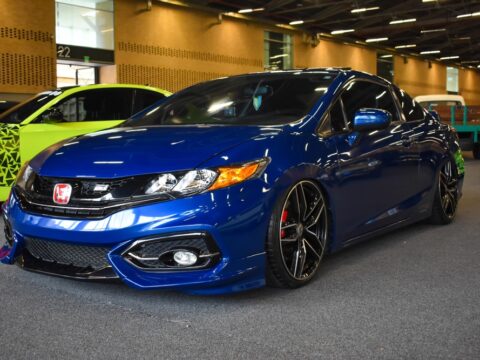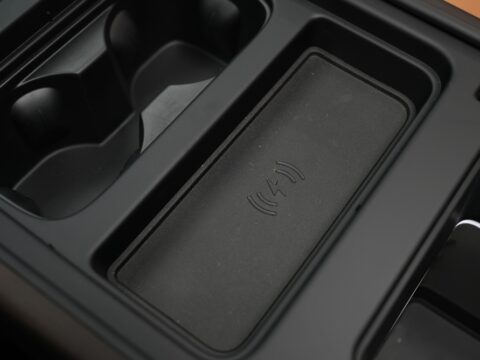Embarking on a long-distance motorcycle journey can be an exhilarating adventure, but the right preparations are crucial to ensure it’s both enjoyable and safe. Equipping your bike with specific upgrades can dramatically improve your riding experience. This article outlines essential enhancements that cater to increased comfort, safety, and functionality, helping you make the most out of your travels.
Contents
Upgraded Suspension Components
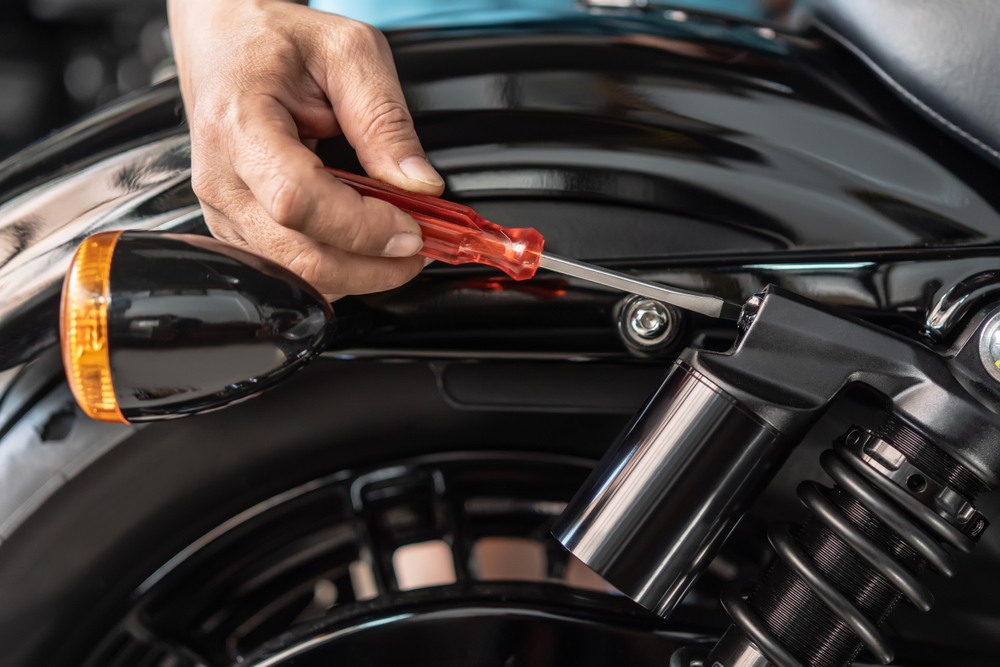
Enhancing your motorcycle with upgraded suspension components like higher-quality shocks and springs is vital for long-distance rides. These components help in better shock absorption and improve handling on uneven road surfaces, which is crucial when you’re covering various terrains. An upgraded suspension not only ensures a smoother ride but also helps maintain stability at high speeds and reduces the physical stress on the rider, thereby reducing fatigue and increasing the overall enjoyment and safety of the ride.
Auxiliary Lighting
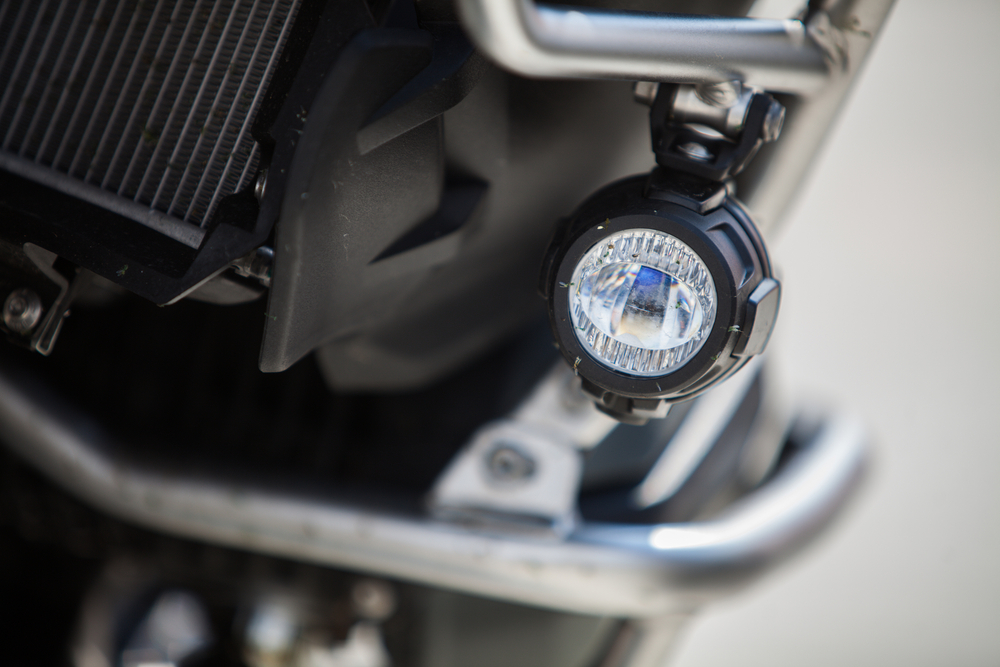
Auxiliary lights are a critical addition for anyone planning to ride during low-light conditions. These lights provide a broader and more intense beam than standard motorcycle headlights, significantly improving visibility at night or in foggy and rainy conditions. By illuminating the road more effectively, auxiliary lights help in spotting potential hazards earlier, giving you more time to react. This upgrade is particularly beneficial for spotting animals or obstacles on rural or wilderness roads, thereby enhancing safety.
Crash Protection Bars or Sliders
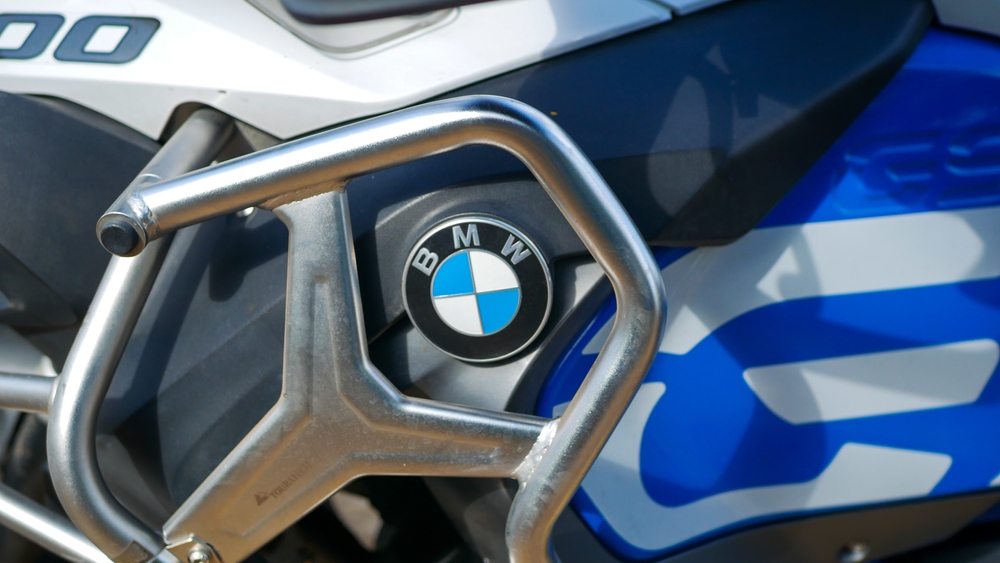
Installing crash protection like bars or sliders is an essential precaution for safeguarding your investment in your motorcycle. These fittings act as a first line of defense in absorbing and dispersing the impact during a drop or slide, protecting the engine, frame, and bodywork from severe damage. This protection can be the difference between minor, manageable damage and a catastrophic failure that could end your trip prematurely and require expensive repairs.
GPS or Navigation System
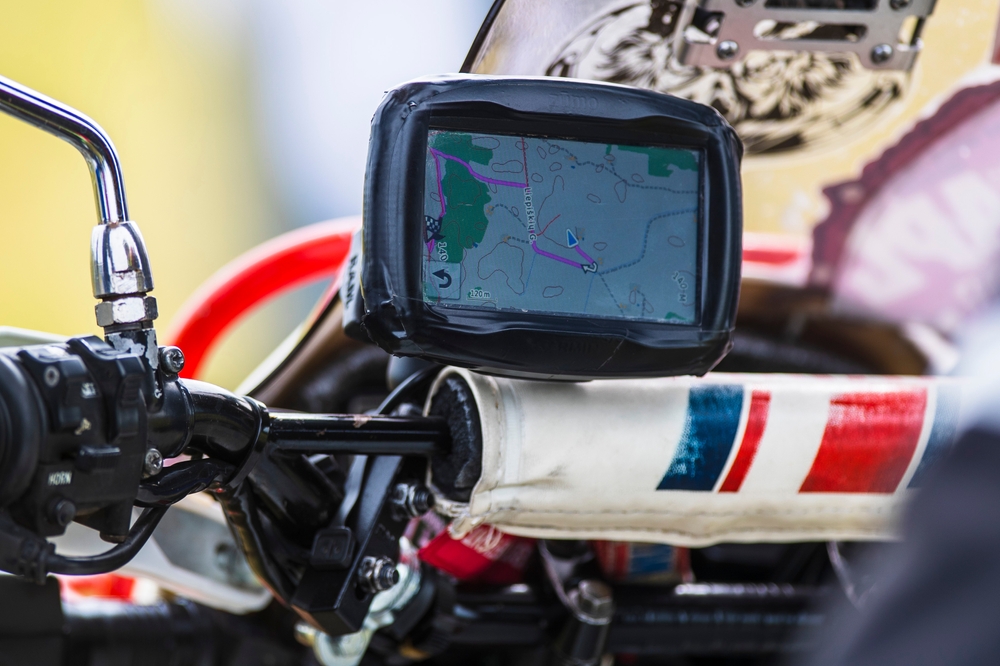
A GPS or advanced navigation system is indispensable for mapping long routes with multiple stops and exploring remote areas. Modern systems offer features like real-time traffic updates, weather conditions, and alternative routes, which can help in planning more efficient and safer routes. The convenience of turn-by-turn navigation allows riders to focus more on the road and less on map reading, making the ride safer and more enjoyable.
Comfortable Seating and Ergonomic Accessories
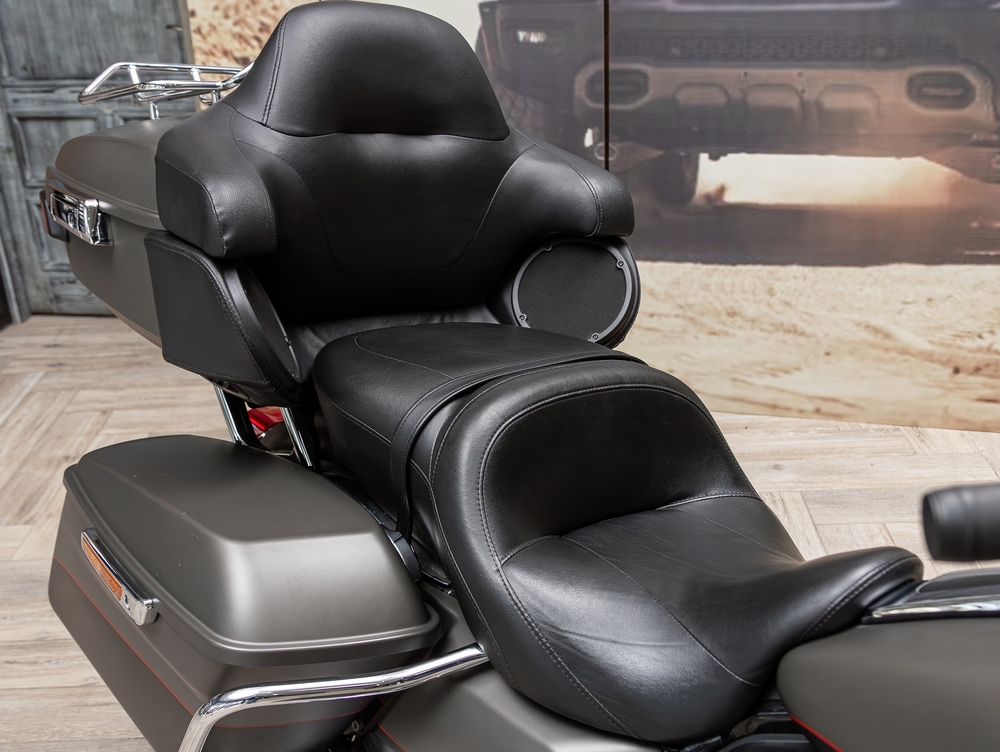
Long hours on a stock seat can lead to discomfort and fatigue, which are the enemies of long-distance riding. Upgrading to a seat designed for long travels can provide better support and comfort. Ergonomic accessories like custom handlebars, adjustable footpegs, and backrests can be tailored to fit your body type and riding style, significantly enhancing comfort and control over the bike, which in turn can extend the duration you’re able to ride without breaks.
Upgraded Electrical System
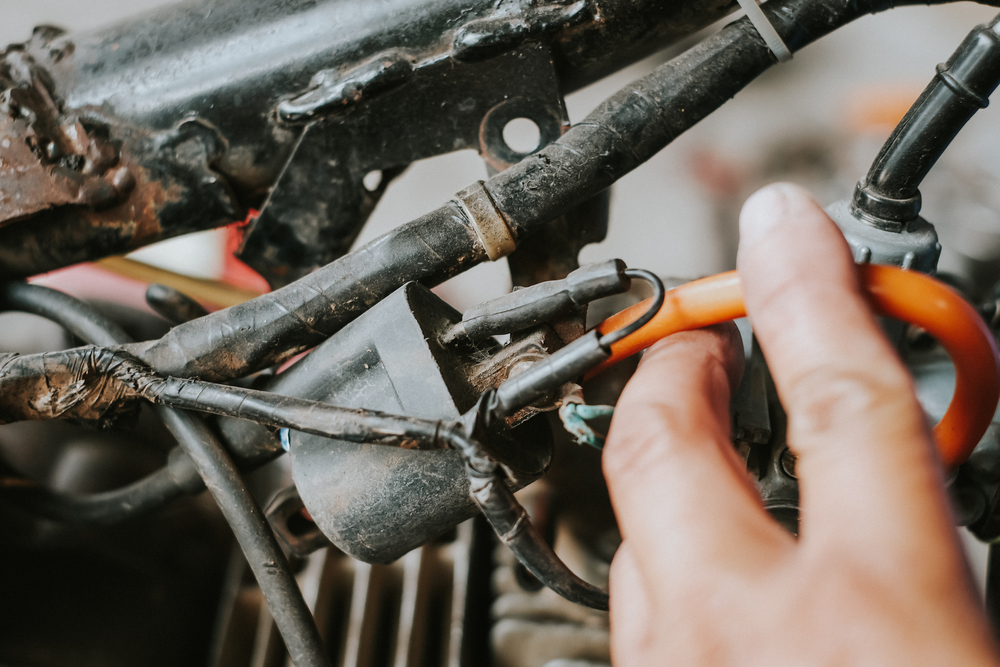
For those planning to add multiple electronic accessories like GPS, heated gear, or additional lighting, upgrading the electrical system is crucial. A robust electrical system ensures that all your electronic components work effectively without overloading the bike’s battery or alternator. This might include upgrading the battery, installing a higher-capacity alternator, or adding secondary power management systems to ensure that all devices operate reliably and do not drain the bike’s primary power sources.
Reflective Gear
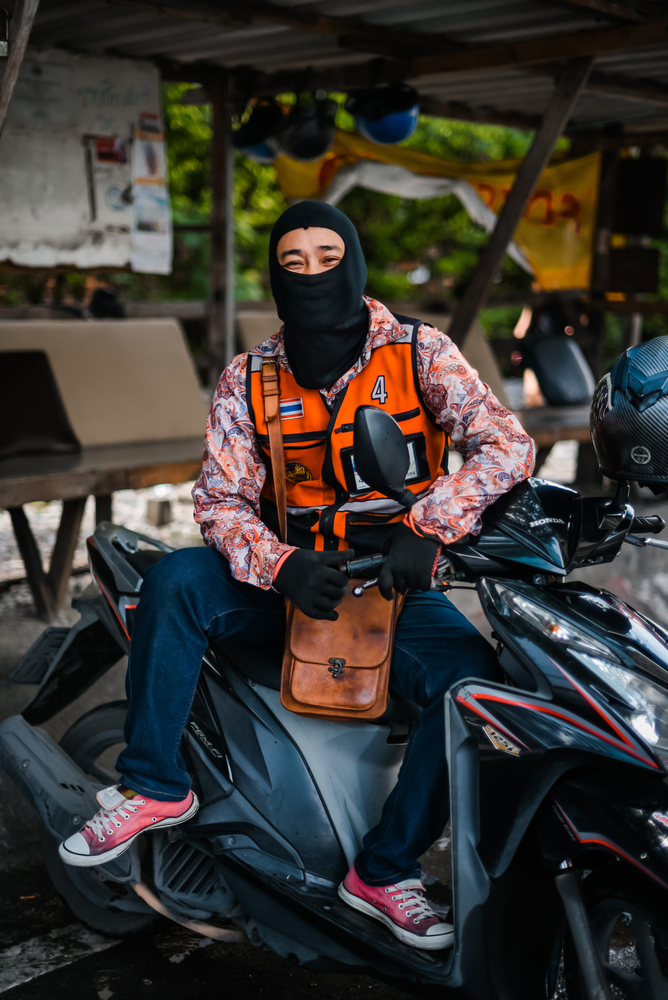
Visibility can be a major concern, especially during dawn, dusk, or nighttime when motorcycle riders are most vulnerable to being overlooked by other motorists. Reflective gear such as vests, decals, and helmet strips help make you and your motorcycle more noticeable in low-light conditions. This simple upgrade significantly reduces the risk of accidents by enhancing other drivers’ awareness of your presence on the road.
Windshield Installation
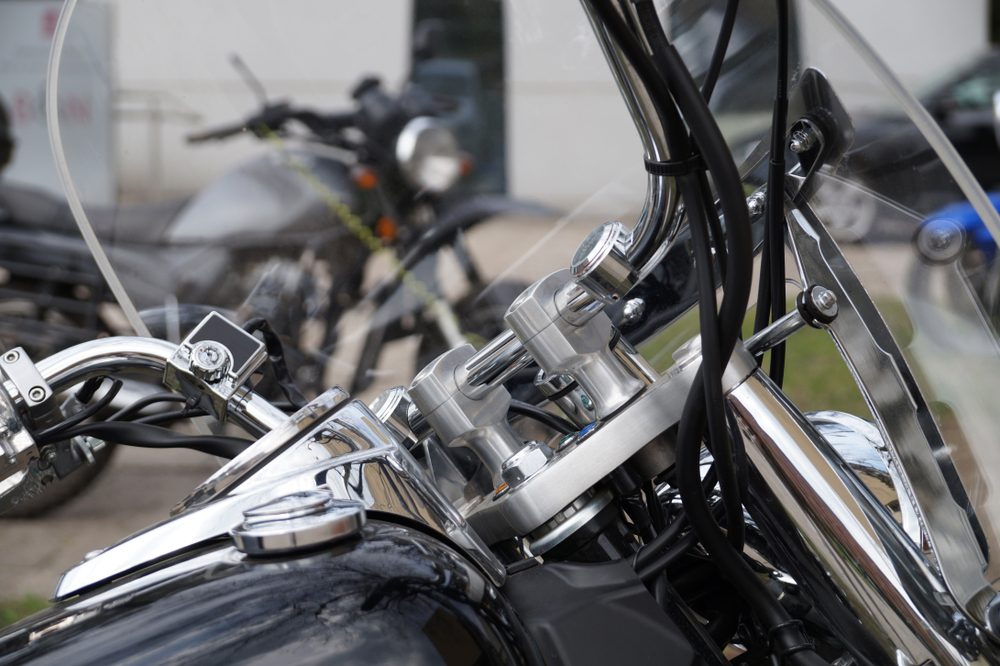
A proper windshield does more than just block the wind. It also reduces the aerodynamic drag and protects against road debris, insects, and weather elements like rain or cold air. A well-chosen windshield can prevent wind fatigue, which is one of the primary sources of rider fatigue on long trips, and it helps maintain higher comfort levels, enabling longer stints in the saddle without the need for frequent breaks.
Heated Grips and Seats
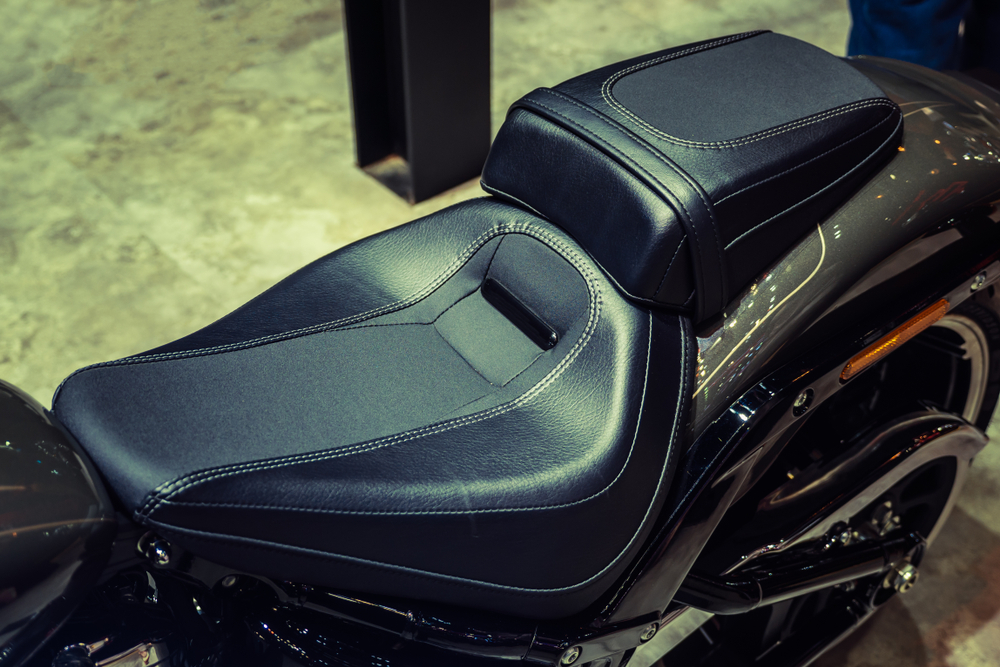
For riding in colder climates, or during early morning and late evening hours, heated grips and seats are a game-changer. They provide essential warmth that can help in maintaining circulation and comfort, which are crucial for maintaining alertness and dexterity in colder temperatures. This feature allows motorcyclists to extend their riding season and tackle routes that experience varied temperatures without discomfort.
Long-Range Fuel Tank
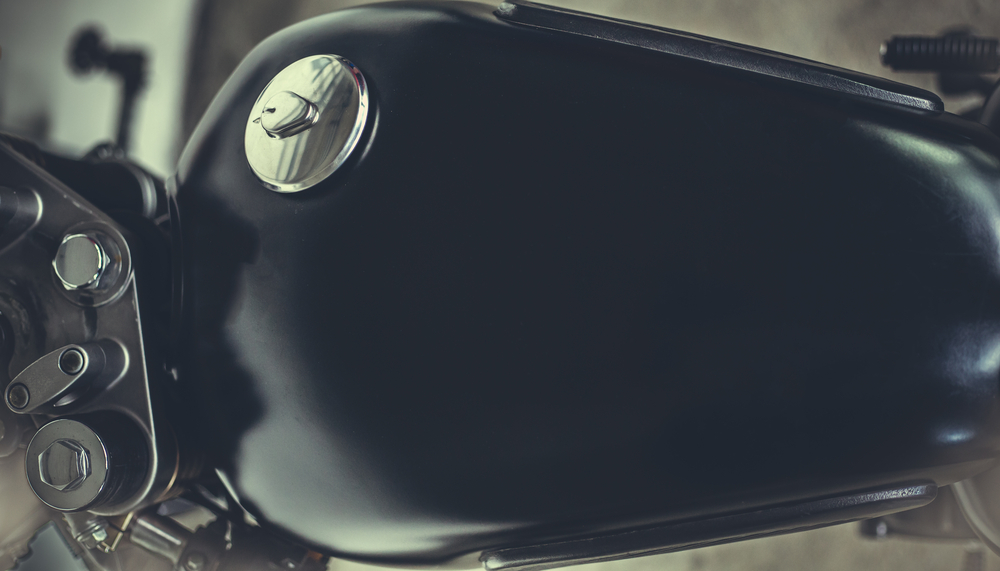
Installing a larger fuel tank is invaluable for extended trips, especially in remote areas where fuel stations are sparse. A larger tank increases your range, reducing the frequency of stops needed for refueling and giving you the confidence to explore less-traveled routes without the constant worry of running out of fuel. Additionally, a bigger fuel capacity allows for better planning and flexibility in route selection, letting you enjoy the scenery and experience more on your travels without the underlying stress of fuel availability.
Tool Kit for On-The-Road Repairs
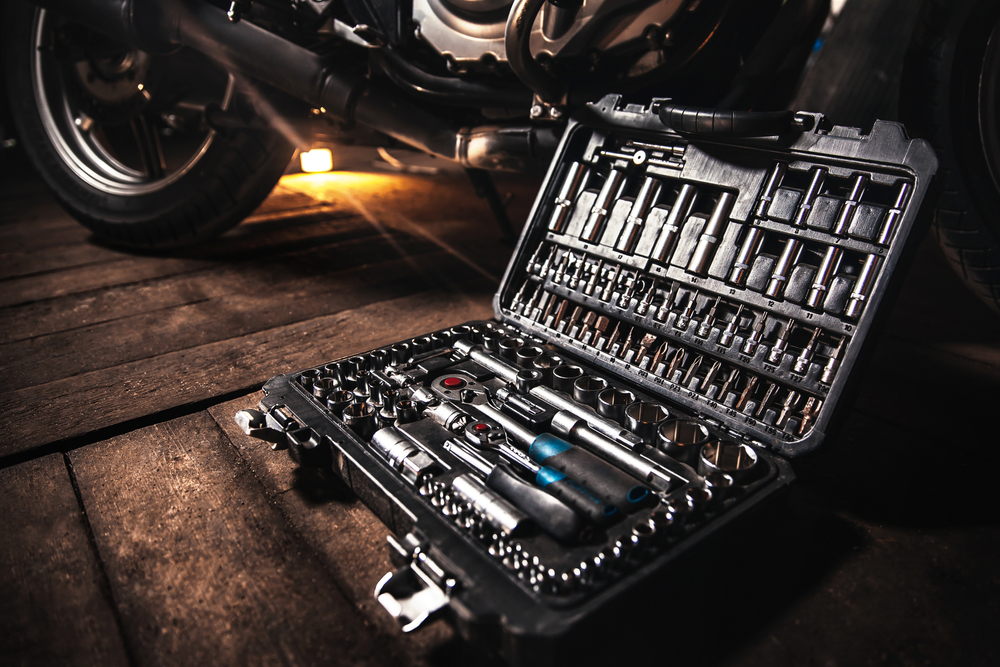
Carrying a comprehensive tool kit equipped with the essentials for motorcycle maintenance and minor repairs is critical. This kit should include items like wrenches, screwdrivers, pliers, spare fuses, and a tire repair kit. Having these tools at your disposal can be a lifesaver in remote areas where professional mechanical services are unavailable. It empowers you to address common issues such as loose bolts, electrical faults, or flat tires, ensuring that minor setbacks don’t turn into major problems.
High-Performance Tires
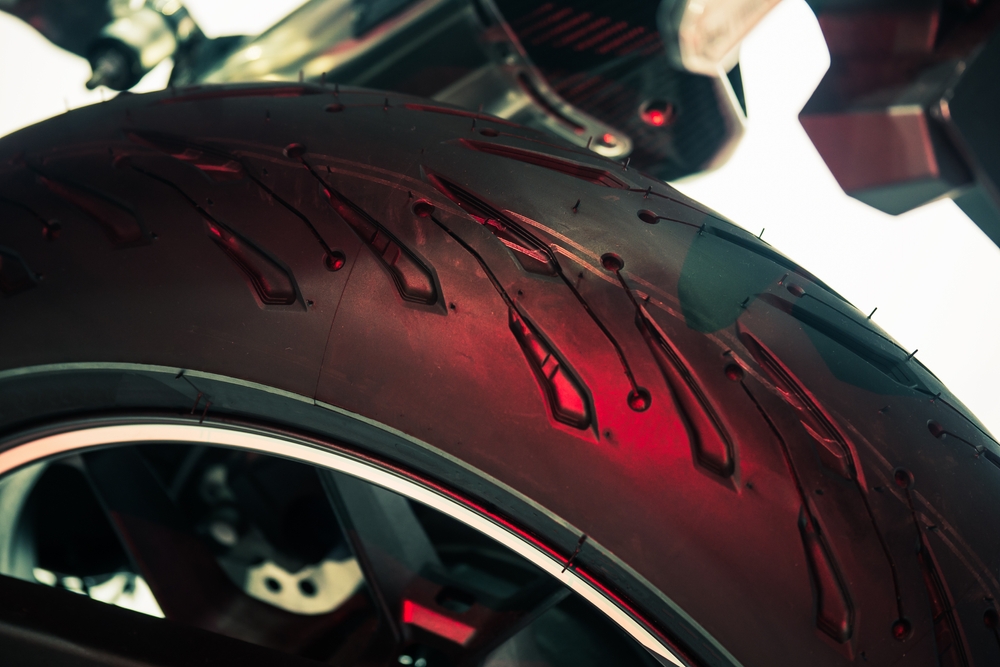
Investing in high-performance tires specifically designed for long-distance touring can dramatically enhance your motorcycle’s grip, stability, and safety. These tires are typically engineered to handle higher loads and offer better wear characteristics, which is crucial for extensive mileage. Quality tires also perform better under varied weather conditions, ensuring reliable traction in both wet and dry environments. Moreover, good tires reduce rolling resistance, which can subtly improve fuel efficiency throughout a long journey.
Chain Maintenance Tools
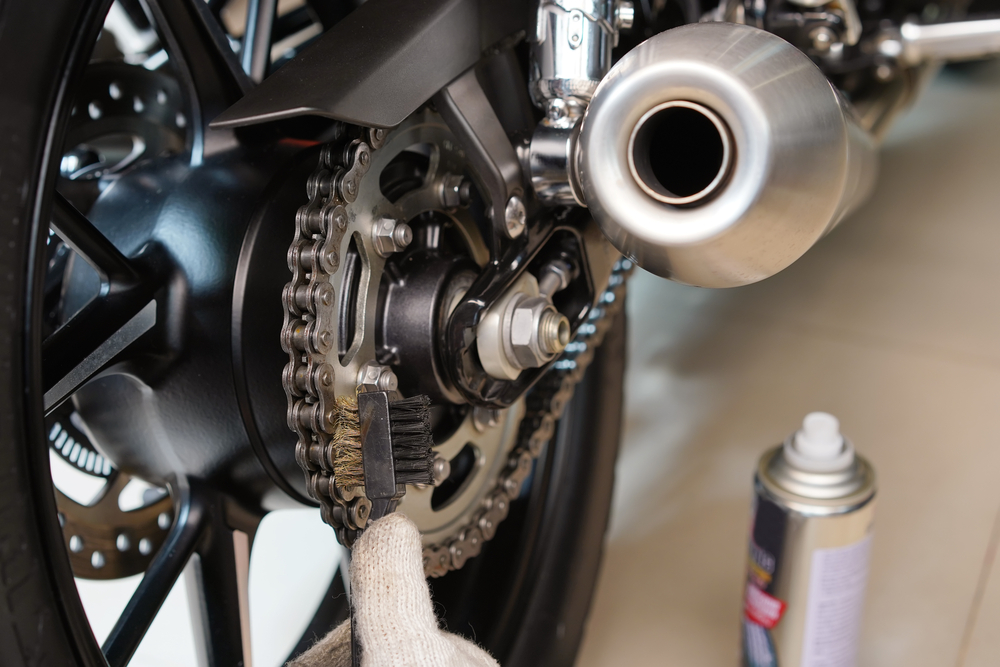
Regular chain maintenance is crucial for ensuring the longevity and efficiency of your motorcycle’s drive system. A well-maintained chain reduces the risk of breakage and maximizes power transfer from the engine to the rear wheel. Carrying chain maintenance tools such as a chain brush, chain lube, and chain tool not only helps in keeping the chain in optimal condition but also in making adjustments as needed during long rides, thus maintaining smooth operation and fuel efficiency.
Panniers and Luggage Racks
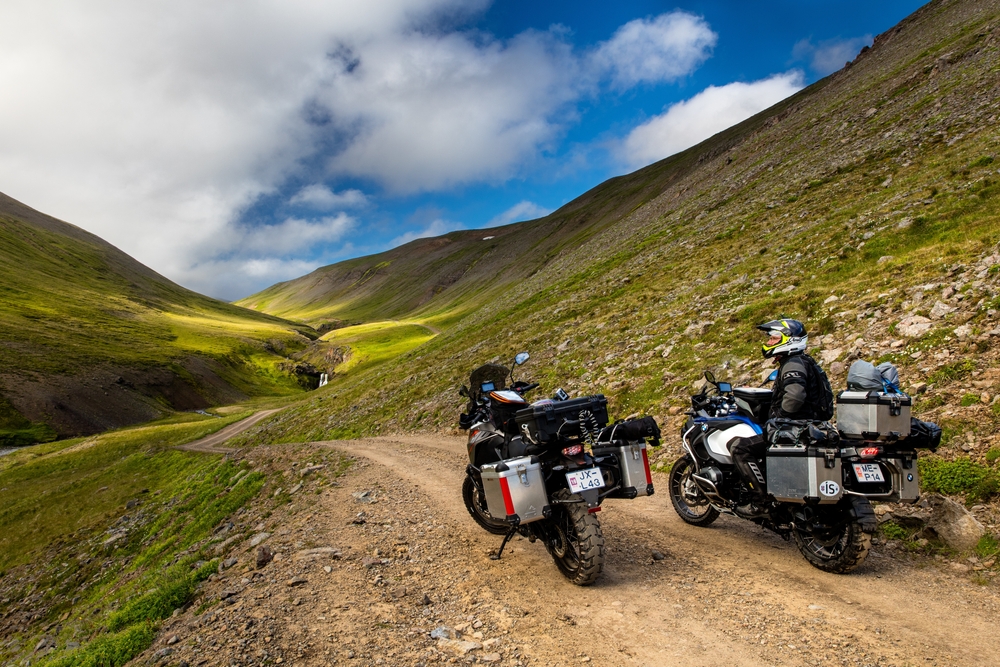
For long-distance travel, having a secure and reliable way to carry luggage is essential. Panniers and luggage racks offer a balanced way to store personal items and necessities. Hard panniers provide security against theft and protection from the elements, while soft bags offer flexibility and are generally lighter. Choosing the right type and setup of luggage solutions can significantly affect your comfort and the bike’s handling, making it a crucial aspect of preparing for long rides.
Communication Systems
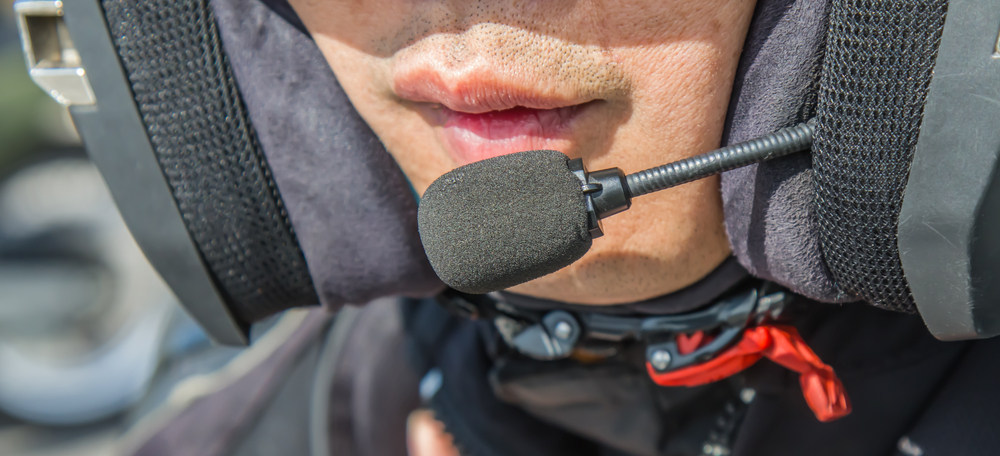
Modern communication systems designed for motorcycle helmets facilitate easy communication with fellow riders and provide connections to devices like smartphones and GPS units. This is particularly useful when traveling in groups, as it allows for clear communication about directions, safety warnings, or points of interest. Additionally, these systems can enhance solo rides by allowing riders to listen to music, receive phone calls, or access voice-guided navigation, making the journey more enjoyable and connected.
This article originally appeared on MyCarMakesNoise.
More from MyCarMakesNoise
13 Vintage Convertible Classics That Never Go Out of Style

Vintage convertibles have an undeniable allure that transcends generations, epitomizing the essence of open-air driving with their iconic designs and robust performance. These timeless classics symbolize freedom and style, captivating collectors and driving enthusiasts worldwide. Read More
10 Legendary Race Bikes That Dominated MotoGP History

Explore the world of MotoGP through the lens of its most dominant race bikes. These machines combine cutting-edge technology and extraordinary engineering to drive riders to victory and set new standards in racing excellence. Read More
The Top 20 Legendary Fighter Jets in Military History

Fighter jets have played a crucial role in shaping the outcomes of conflicts and securing air dominance throughout military history. From the sleek designs of World War II to the advanced technology of modern jets, these aircraft have become legends in their own right. Read More

